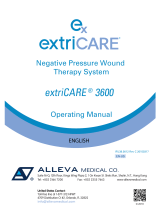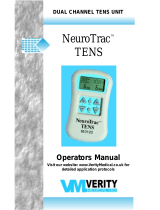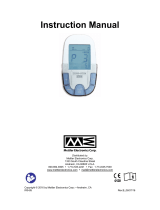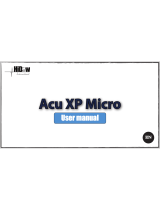
Considerations in Choosing A Tape For Tube Or Dressing Secural
I. Degree of importance of tube or dressing
• The more critical the tubing/dressing, the higher the
adhesion required.
• Strength of adhesion and backing may be more important
than gentleness.
• Gentle tapes with higher adhesion may be used without increasing the risk of
skin trauma if properly applied and removed.
• Some tapes are less gentle (e.g. 3M
™
Durapore Tape and 3M
™
Cloth Adhesive
Tape) but are used for:
- high initial adhesion - high long-term adhesion - high strength of backing
II. Surface characteristics
Skin
• Dry
• Damp
• Diaphoretic
• Wet: secretions, leaking tubes
• Weeping
• Macerated
• Oily
• Hairy
• Edematous
• Intact vs. impaired skin integrity
• Elastic vs. non-elastic
• Fragile skin (elderly, very young)
• “At-risk” (e.g., patient on systemic
corticosteroids, chemotherapy; malnourished)
• Flexing
Dressing
• Material
• Weight
• Conformability
Device
• Contour
• Weight
• Material: metal, plastic, other
Tubing
• Diameter: small, large
• Texture: smooth, ribbed, other
• Material: PVC, silicone, other
• Weight
• Length
• Potential for drag or pull
• Other support (e.g., sutures, tunneling)
• Heavy tubings require higher adhesion.
• Bulky dressings require high conformability and may
require greater adhesion.
• Individual results may vary.
III. Activity level of patient
• The more active the patient, the higher the adhesion required.












